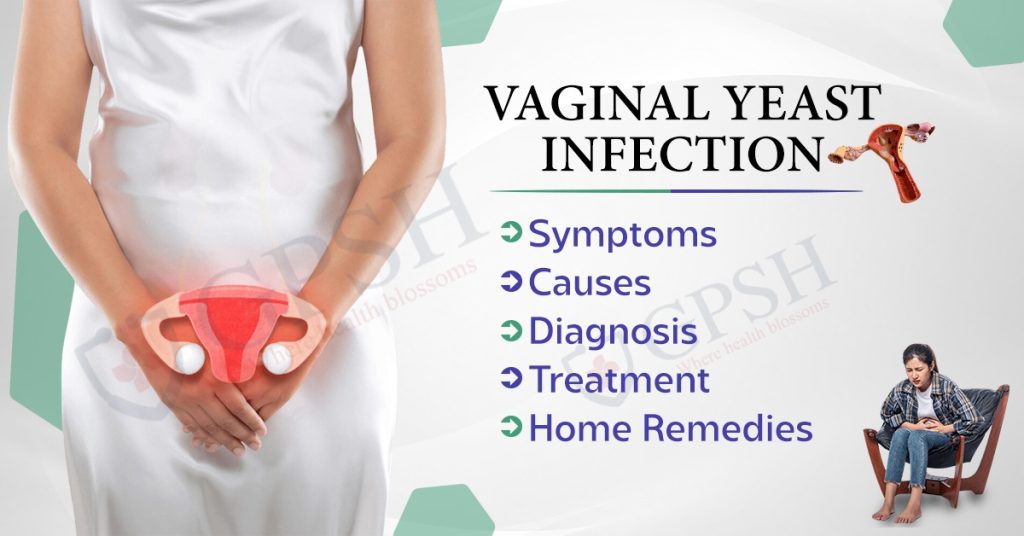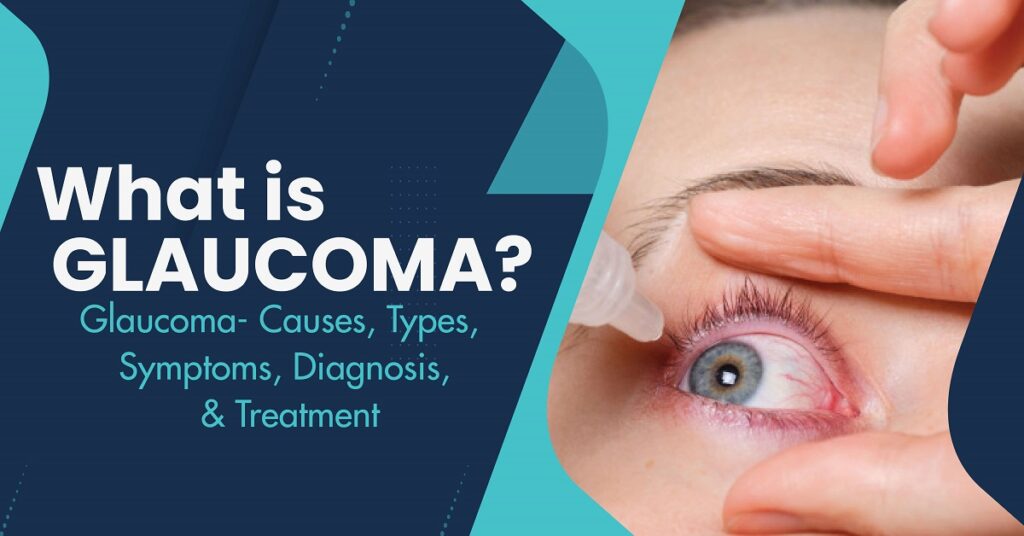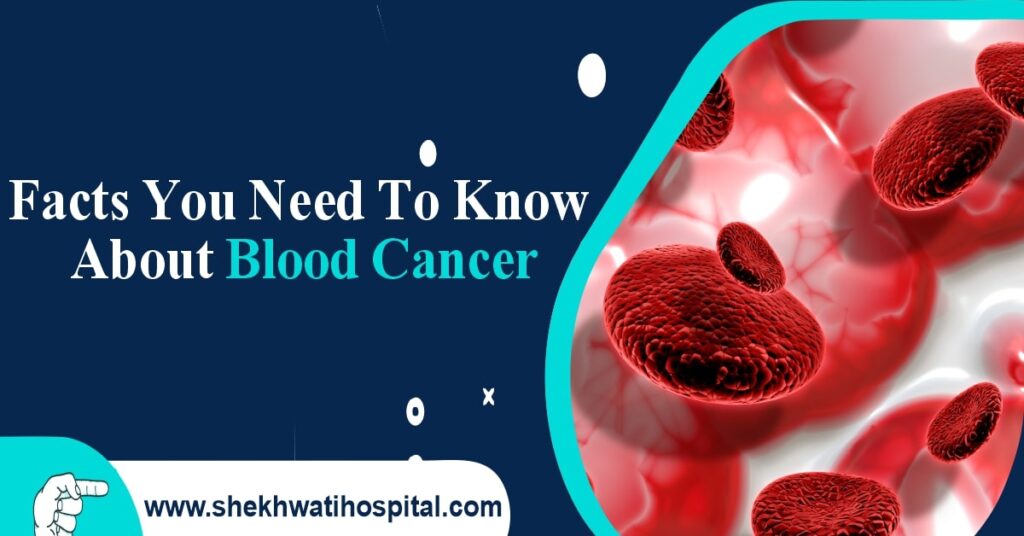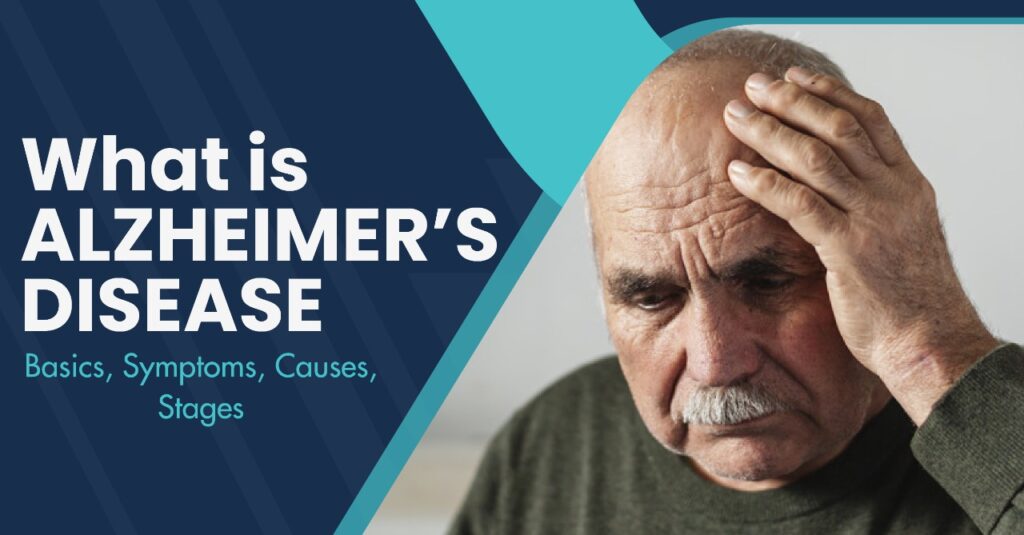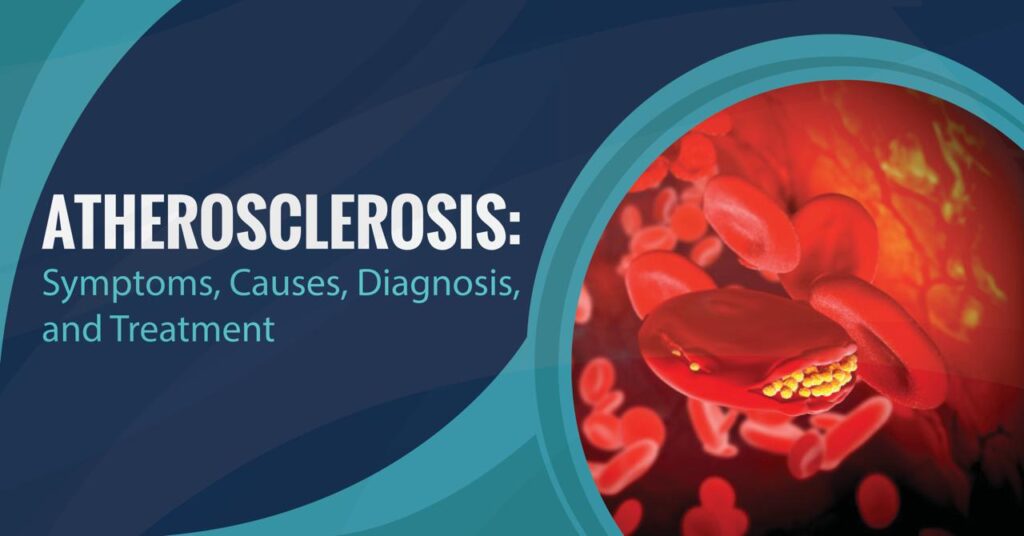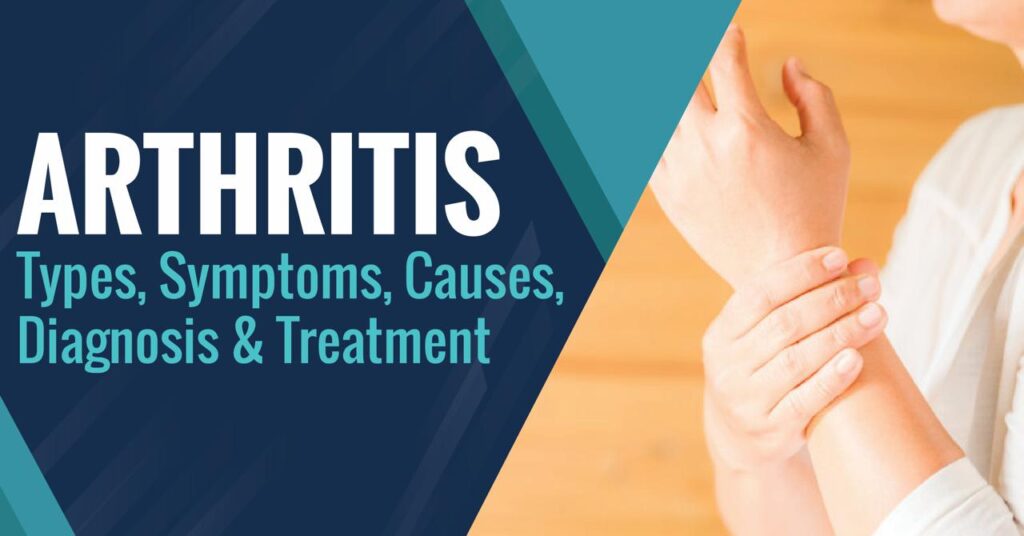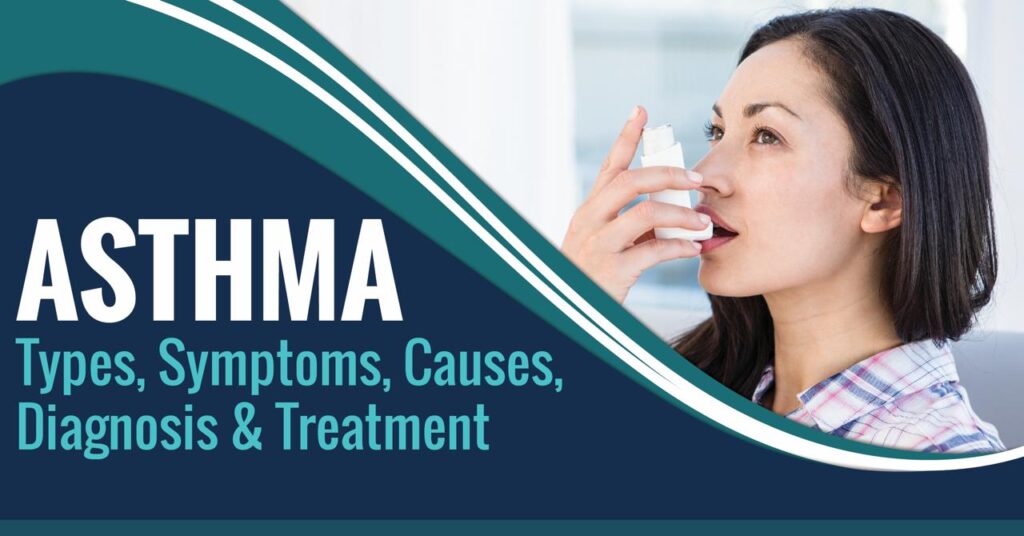What is Vaginal Yeast Infection?
A vaginal yeast infection, also known as vaginal candidiasis, is a common fungal infection that affects the vagina and the tissues around it. It is primarily caused by an overgrowth of a fungus called Candida, usually Candida albicans. Candida is normally present in small amounts in the vagina, but certain factors can lead to an imbalance in the vaginal environment, allowing the fungus to multiply and cause an infection.
Symptoms of Vaginal Yeast Infection
The symptoms of a vaginal yeast infection can vary from person to person, but common signs and symptoms include:
● Vaginal Itching and Irritation: Intense itching and irritation in and around the vaginal area is a common symptom. The itching can be persistent and uncomfortable.
● Burning Sensation: Many women experience a burning sensation, especially during urination or sexual intercourse.
● Abnormal Vaginal Discharge: The discharge associated with a yeast infection is typically thick, and white, and may have a texture similar to cottage cheese. It’s different from the clear or slightly milky discharge that is normal for many women.
● Redness: Vaginal redness and swelling can make the area look inflamed, swollen, and red.
● Pain and Discomfort: Some women may experience pain or discomfort in the vaginal area, which can range from mild to severe.
● Soreness: The vaginal tissues might feel sore or sensitive to touch.
● Rash: In some cases, a rash may develop in the genital area.
● Odor: While not a consistent symptom, some women with yeast infections may notice a mild, yeasty odor.
It’s important to note that these symptoms can overlap with other vaginal infections or conditions, so it’s recommended to consult a healthcare professional for an accurate diagnosis if you suspect you have a yeast infection or experience any unusual symptoms in the vaginal area.
You Can Also Read:- Aspergillosis: Types, Causes, Symptoms, Diagnosis & Treatment
Causes of Vaginal Yeast Infection
Vaginal yeast infections are primarily caused by an overgrowth of the fungus Candida, most commonly Candida albicans. Candida is naturally present in small amounts in the vaginal area, along with other microorganisms that make up the vaginal flora. However, certain factors can disrupt the balance of these microorganisms, leading to an overgrowth of Candida and the development of an infection. The following list of typical causes and contributing elements:
● Imbalance in Vaginal Flora: The vaginal area contains a delicate balance of bacteria and yeast. Disruption of this balance, often caused by factors like antibiotic use, can allow Candida to thrive and cause an infection.
● Antibiotic Use: Antibiotics can kill not only harmful bacteria but also beneficial bacteria that help maintain a healthy vaginal environment. Yeast overgrowth may result from this disturbance.
● Hormonal Changes: Fluctuations in hormone levels, such as those during pregnancy, menstrual cycles, or the use of hormonal birth control, can create an environment conducive to yeast overgrowth.
● Weakened Immune System: A weakened immune system due to factors like illnesses, medications, or chronic conditions can make the body less able to control the growth of Candida.
● Diabetes: Uncontrolled diabetes, especially with elevated blood sugar levels, can contribute to yeast overgrowth.
● High Sugar Diet: Consuming a diet high in sugars and refined carbohydrates can provide a food source for Candida, promoting its growth.
● Tight Clothing: Wearing clothing that is too tight can result in a warm, damp atmosphere that is ideal for the growth of yeast.
● Humid or Hot Environments: Living in hot and humid climates or spending a lot of time in wet environments like swimming pools can increase the risk of yeast infections.
● Personal Hygiene Products: Using scented soaps, bubble baths, douches, or feminine hygiene sprays can disrupt the natural pH balance of the vagina and promote yeast overgrowth.
● Sexual Activity: While yeast infections are not considered sexually transmitted infections, sexual activity can disrupt the vaginal flora and potentially contribute to yeast overgrowth.
● Weakened Vaginal Tissues: After menopause or due to certain medical conditions, the vaginal tissues can become thinner and less resistant to infection.
● Stress: Chronic stress can weaken the immune system and contribute to hormonal imbalances, potentially increasing the risk of yeast infections.
Diagnosis of Vaginal Yeast Infection
Diagnosing a vaginal yeast infection typically involves a combination of clinical assessment, medical history review, and laboratory testing. An outline of the diagnostic procedure is given below:
● Medical History: Your healthcare provider will start by asking you about your symptoms, including details about the nature and duration of any itching, discharge, or discomfort you’re experiencing. They may also inquire about your medical history, recent antibiotic use, any changes in hygiene or personal care products, and other relevant factors.
● Physical Examination: A clinical examination of the genital area will be performed to assess for any visible signs of infection, such as redness, swelling, or abnormal discharge.
● Vaginal Discharge Sample: In many cases, your healthcare provider may take a sample of the vaginal discharge for laboratory testing. This can help confirm the presence of Candida and rule out other potential causes of your symptoms.
● Microscopic Examination: The collected vaginal discharge sample may be examined under a microscope to identify the presence of yeast cells, hyphae (branching filaments of the fungus), and other characteristics that are indicative of a yeast infection.
● Culture: In some cases, a culture may be performed to grow the yeast from the vaginal discharge sample. This can help determine the specific type of Candida causing the infection and guide treatment decisions, especially if the infection is recurrent or not responding well to standard treatments.
● pH Testing: A pH test may be conducted to measure the acidity of the vaginal environment. Yeast infections often cause a decrease in vaginal pH, making it more acidic than usual.
● Eliminating Other Causes: Your healthcare provider may consider ruling out other potential causes of your symptoms, such as bacterial vaginosis or sexually transmitted infections, especially if your symptoms are atypical.
It’s important to note that while over-the-counter antifungal medications are available for treating suspected yeast infections, if it’s your first time experiencing these symptoms or if you’re unsure about the diagnosis, it’s a good idea to consult a healthcare professional. Self-diagnosis and self-treatment without proper medical evaluation can lead to incorrect treatment or a delay in addressing underlying issues.
You Can Read Also:- Night Eating Syndrome: Symptoms, Causes, and Treatment
Treatment of Vaginal Yeats Infection
The treatment of a vaginal yeast infection typically involves antifungal medications to eliminate the overgrowth of Candida fungus and relieve symptoms. There are both over-the-counter (OTC) options and prescription medications available. The choice of treatment depends on the severity of the infection, your medical history, and whether you’ve had previous yeast infections. Here are the common approaches to treating vaginal yeast infections:
● Over-the-Counter (OTC) Antifungal Medications: These medications are available without a prescription and come in various forms, such as creams, ointments, suppositories, and vaginal tablets. Clotrimazole, miconazole, and tioconazole are examples of commonly used active compounds.
● Prescription Antifungal Medications: If your symptoms are severe, recurrent, or not responding to OTC treatments, your healthcare provider may prescribe stronger antifungal medications, such as fluconazole. Fluconazole is usually taken as a single dose or in a longer regimen depending on the severity of the infection.
● Topical Creams and Ointments: These are applied directly to the affected area to relieve itching and discomfort. They often contain antifungal agents along with soothing ingredients.
● Vaginal Suppositories or Tablets: These are inserted into the vagina using an applicator. They release the antifungal medication over time to target the infection directly.
● Oral Medications: In some cases, your healthcare provider may prescribe an oral antifungal medication, such as fluconazole. This approach is typically used for more severe or recurrent infections.
● Refraining from Sexual Activity: It’s generally recommended to avoid sexual activity during the treatment period, as sexual intercourse can cause friction and irritation that may exacerbate the infection or interfere with the treatment’s effectiveness.
● Follow-up: After completing the recommended course of treatment, it’s important to follow up with your healthcare provider to ensure that the infection has cleared up and to address any lingering symptoms.
● Preventive Measures: To prevent future yeast infections, consider practices that promote vaginal health, such as wearing breathable cotton underwear, avoiding tight-fitting clothing, practicing good hygiene, and using unscented or hypoallergenic personal care products.
It’s important to note that while antifungal medications can effectively treat yeast infections if you’re uncertain about your symptoms or if you’re experiencing recurrent infections, it’s advisable to consult a healthcare professional for proper diagnosis and treatment recommendations. Additionally, pregnant women, women with weakened immune systems, and those with diabetes should seek medical guidance before using any medication for yeast infections.
Home Remedies of Vaginal Yeats Infection
While medical treatment with antifungal medications is the most effective way to treat a vaginal yeast infection, some individuals may be interested in trying home remedies for symptom relief or as complementary approaches. Keep in mind that home remedies should not replace proper medical diagnosis and treatment, especially if you’re experiencing severe symptoms or if your symptoms are not improving.
Here are some home remedies that some people find helpful for relieving the discomfort associated with a vaginal yeast infection:
● Yogurt: Plain, unsweetened yogurt contains beneficial bacteria (probiotics) that can help restore the natural balance of the vaginal flora. Some women find relief by applying a small amount of yogurt to the vaginal area or using a tampon soaked in yogurt. However, this is not a replacement for medical treatment and may not be effective for everyone.
● Garlic: Garlic has natural antifungal properties. Some people believe that inserting a garlic clove into the vagina can help fight the infection. However, this approach is not recommended by healthcare professionals, as it can cause irritation and may not be effective.
● Tea tree oil: Tea tree oil has a reputation for being antifungal. Some people use a few drops of tea tree oil on the vaginal area after diluting it in carrier oil (like coconut oil). However, tea tree oil can be strong and may cause irritation, so caution is advised.
● Boric Acid: Boric acid has been used as a home remedy for yeast infections, but it should be used with extreme caution. It’s toxic when ingested and should never be taken orally.
● Hygiene Practices: Maintaining cleanliness and dryness in the vaginal region might help reduce inflammation. Avoid using harsh products that can alter the pH of the vagina, such as perfumed soaps, bubble baths, and bath salts.
● Apple Cider Vinegar: Some people use diluted apple cider vinegar for a vaginal rinse, believing it can help restore the vaginal pH and discourage yeast growth. However, using vinegar can also disrupt the natural pH balance, so it’s recommended to consult a healthcare provider before attempting this.
● Dietary Changes: Some individuals believe that reducing sugar and refined carbohydrate intake can help prevent yeast overgrowth. While a balanced diet is important for overall health, dietary changes alone are unlikely to fully treat a yeast infection.
It’s important to exercise caution when using home remedies, as they may not be effective for everyone and can sometimes worsen symptoms or cause other issues. Additionally, certain home remedies can interact with medications or lead to allergic reactions. If you’re considering using a home remedy, it’s best to consult a healthcare professional first to ensure safety and appropriateness for your situation.


